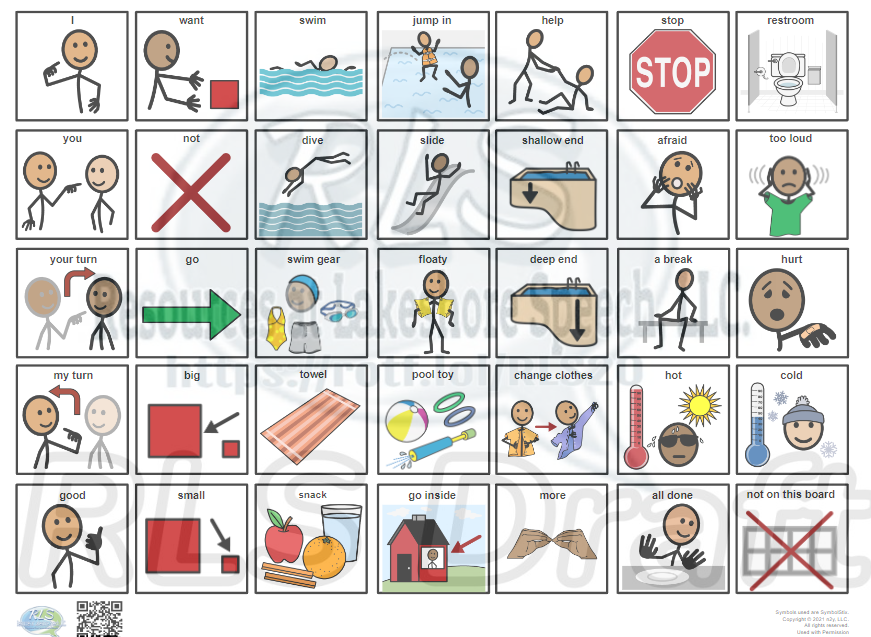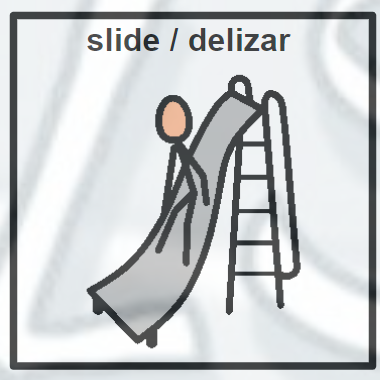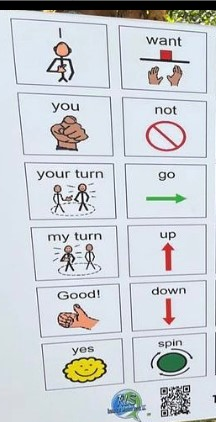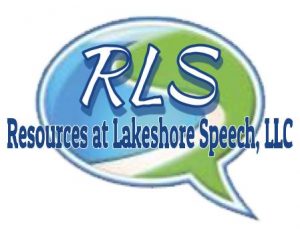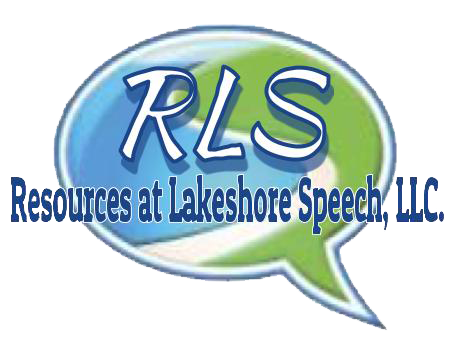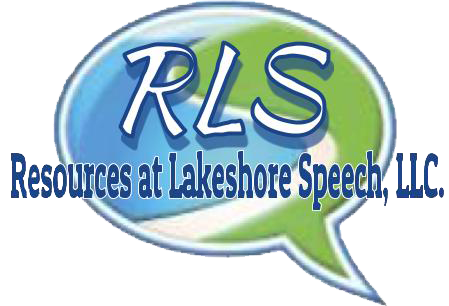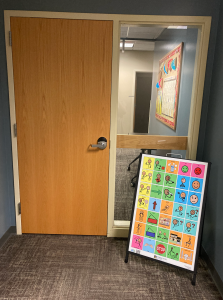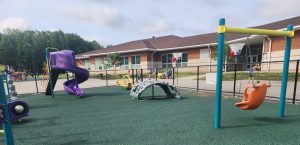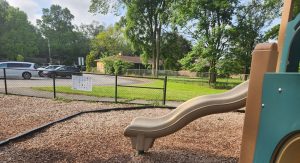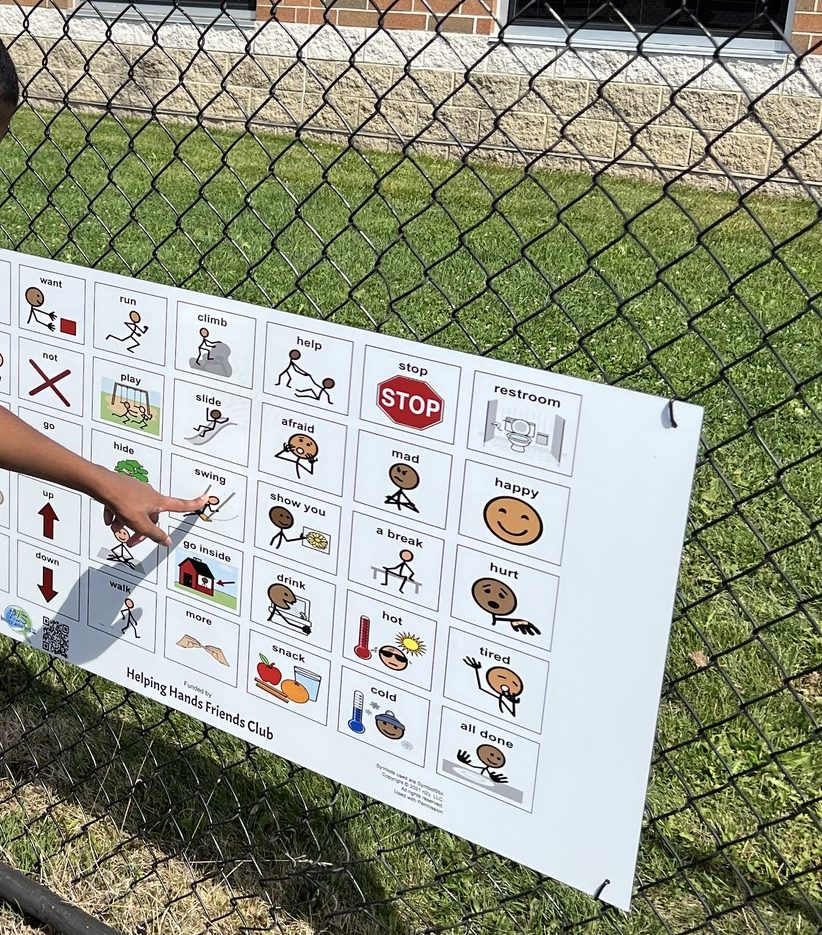
Communication boards are essential tools in augmentative and alternative communication (AAC) used to support individuals with speech and language differences. For those unfamiliar with AAC, creating sentences using core words on a communication board might seem daunting. However, with the right approach and understanding, it can become a simple and effective way to enhance communication. This guide will provide a comprehensive overview of how to create sentences using core words on a communication board, making it accessible for beginners.
Understanding Core Words
Core words are the most frequently used words in any language and constitute about 80% of our daily communication. They are versatile, allowing for the creation of numerous sentences and phrases. Examples of core words include “want,” “go,” “more,” “help,” “I,” and “you.” These words can be combined in various ways to convey different meanings, making them essential for effective communication.
The Importance of Core Words in AAC
Using core words in AAC systems, such as communication boards, provides several benefits:
- Versatility: Core words can be used in many different contexts, making them highly versatile.
- Efficiency: Learning a small set of core words can allow for the creation of a wide range of sentences.
- Relevance: Core words are often relevant to the user’s daily life and needs, making communication more meaningful.
Creating Sentences with Core Words
Next, let’s explore how to create sentences using core words. We will start with simple sentences and gradually move to more complex ones.
Simple Sentences
Simple sentences typically consist of a subject and a verb. Here are some examples:
“I want”: “I want” is a powerful phrase that can be used in many contexts. For example:
“I want more” (when asking for more of something)
“I want go” (when expressing the desire to go somewhere)
“I want help” (when asking for assistance)
“You go”: {This phrase can be used to encourage or give permission:
“You do” (offering encouragement)
“You help” (asking someone to help)
Expanding Sentences
Once the user is comfortable with simple sentences, you can start expanding them by adding more words. This can include adjectives, prepositions, and additional nouns or verbs.
“I want more help”: Here, “more” and “help” are added to the basic phrase “I want,” making the sentence more specific.
“You go here**: Adding “here” to the sentence specifies the location.
Using Negatives
Teaching users to form negative sentences is also important. This can be done by introducing words like “not” or “no”
“I not want**: This phrase can be used in various contexts:
“I no want go” (expressing a desire not to go somewhere)
“I no want more” (indicating that no more is wanted)
“I not want help” (declining assistance)
“You no need**: This phrase can be used to provide instructions or reassurances:
“You no go” (telling someone they don’t need to go somewhere)
“You no help” (reassuring someone that they don’t need help)
Asking Questions
Forming questions is another crucial aspect of communication. Here are some examples using core words:
“You help?”: A simple question asking for assistance.
“You want more?”: Asking if the person wants more of something.
“Where go?”: Inquiring about the location of something.
Using Core Words in Everyday Contexts
To make the use of core words more practical, integrate them into everyday situations. Here are some scenarios and how to use core words effectively:
- Mealtime:
- “I want more” (asking for more food)
- “I like it” (expressing liking for the food)
- “You can help” (asking someone to assist with the meal)
- Playtime:
- “I want go” (expressing a desire to go somewhere)
- “You can do it” (encouraging someone to play)
- “I need help” (asking for help with a toy or game)
- School:
- “I want help” (asking for assistance with schoolwork)
- “You can do it” (encouraging a classmate)
- “I don’t know” (expressing uncertainty about a topic)
Strategies for Teaching Core Words
Teaching core words requires a structured approach and consistent practice. Here are some strategies to effectively teach core words:
- Modeling
- Modeling involves demonstrating the use of core words in sentences. For example, while performing an activity, you can use the communication board to say, “I want more” or “You can help.” Consistent modeling helps users understand how to use the words in context.
- Repetition
- Repetition is key to learning. Regularly practice using core words in different sentences and contexts. The more often users see and hear the words, the more familiar they will become with them.
- Encouraging Use
- Encourage users to use core words in their communication. Provide positive reinforcement and praise when they attempt to use the words, even if they make mistakes. This builds confidence and motivates them to keep trying.
- Interactive Activities
- Engage users in interactive activities that require the use of core words. This can include games, storytelling, or daily routines where they need to use the words to communicate.
- Visual Supports
- Use visual supports such as picture cards, videos, or digital apps that incorporate core words. Visual aids can help users understand the meaning and usage of the words more effectively.
Overcoming Challenges
While using core words on a communication board is highly beneficial, it can also come with challenges. Here are some common challenges and how to overcome them:
- Limited Vocabulary
- Initially, the user might find the limited vocabulary restrictive. Gradually introduce new core words and expand the communication board as the user becomes more proficient.
- Finding the Right Words
- Users may struggle to find the right words on the board. Consistent practice and a well-organized board can help alleviate this issue. Using color-coding and grouping similar words together can make it easier to locate words.
- Building Confidence
- Users might feel self-conscious or hesitant to use the communication board. Provide encouragement and create a supportive environment where they feel comfortable using the board. Celebrate their successes to build their confidence.
- Consistency Across Settings
- Ensure that the use of the communication board is consistent across different settings, such as home, school, and community. Communicate with caregivers, teachers, and other individuals involved in the user’s life to maintain a consistent approach.
Conclusion
Creating sentences with core words on a communication board is a powerful way to enhance communication for individuals with speech and language differences. By understanding the importance of core words, setting and using strategies to teach and practice these words, you can help users develop their communication skills. While there may be challenges along the way, consistent practice, encouragement, and a supportive environment can lead to significant progress. Embrace the journey of learning and celebrate the milestones achieved, knowing that each step brings the user closer to more effective and meaningful communication.
